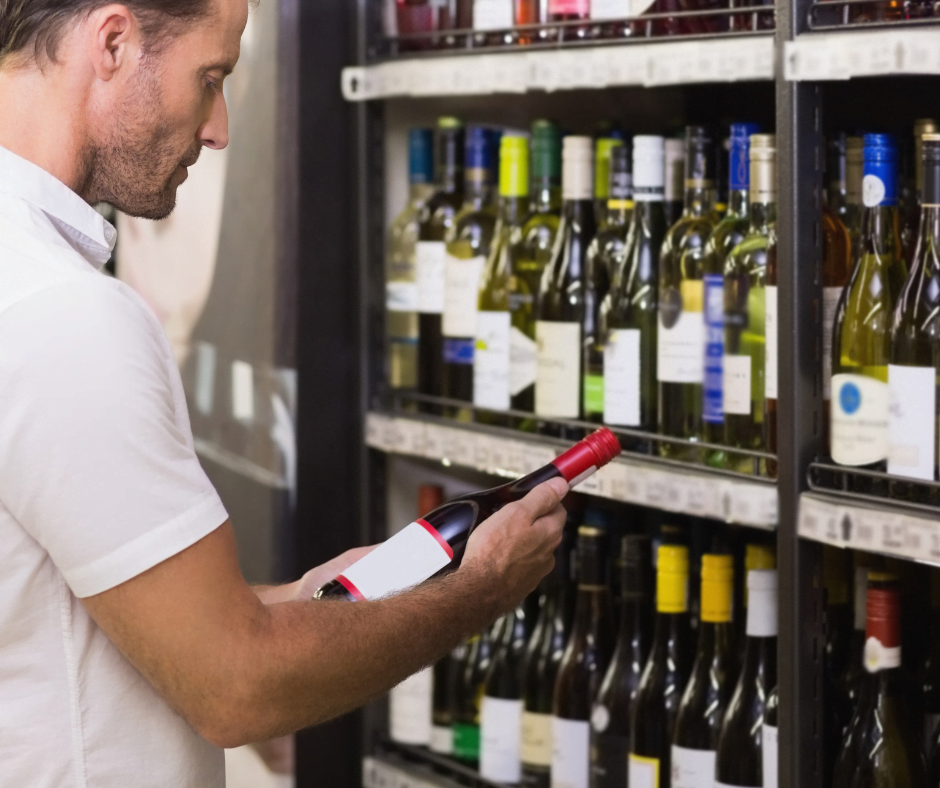The consumption of alcohol in Australia is widespread. Australians often consume alcohol at social situations, cultural events, and celebrations. Australian alcohol producers contribute significantly to the Australian economy, $52B to be exact*. While alcohol is legal, it is also considered a drug, and there are laws and regulations regarding marketing and advertising alcohol.
We have compiled some of the key considerations to be wary of when it comes to marketing your alcoholic product. Read on below.
1. The portrayal of alcoholic beverages
How your product is portrayed can have an impact on the community. When creating marketing material, you must be responsible and show sensible consumption. This includes:
- No depictions of excessive alcohol consumption, e.g. 1 person with multiple bottles of empty alcohol around them
- No consumption of alcohol by someone who is pregnant or breastfeeding
- No rapid consumption of alcohol e.g. “skolling” or “shot gunning” drinks
- No depictions of misuse or abuse of alcohol
- No irresponsible or offensive behaviour related to the consumption of alcohol
- No challenges or dares to consume alcohol
- No negative portrayals of the refusal of alcohol
2. Responsibility towards minors
The responsibility towards minors is of major importance when it comes to marketing.
Marketing must not:
- Have strong or evident appeal to minors
- Directly target minors
- Be more attractive to minors than to adults
- Use designs, motifs, language, activities, interactive games, animations or cartoon characters likely to attract minors
- Have similar concepts with confectionary, soft drinks or other similar products
- Use branding on clothing, toys or other merchandise primarily used by minors
- Depict a person who is or appears to be a minor, unless it is incidental and there is no implication they will consume or serve alcohol
- Depict in a visually prominent manner paid actors, models or influencers and other people that are under 25
3. Responsible depiction of the effects of alcohol
Alcohol is a drug, and the consumption of alcohol affects the body. In line with this, marketers have a responsibility not to blur the lines of the effects of alcohol. Marketing communication must not:
- Suggests that the consumption of alcohol may
- cause or contribute to an enhancement of one’s mood
- contribute to the achievement of personal, business, social, sporting or sexual success
- offer therapeutic or health benefits, is needed to relax or helps overcome problems or adversity
- Suggests that the success of a social occasion depends on the presence or consumption of alcohol
4. Alcohol and safety
When generating marketing material, the mix of alcohol and any activity requiring safety is a hard no. There must be no depiction or implication of alcohol being consumed before or during an activity that for safety reasons requires a high degree of alertness or physical co-ordination.
There you have it, the four key considerations that you need to consider when it comes to marketing your alcoholic product. This list is in no way extensive, depending on your product, Federal and State laws may also apply, liquor licensing regulations, food standards and advertising codes must also be adhered to.
If you need help marketing your alcoholic beverage product, our team have extensive experience in the wine, beer and spirits industries. Get in touch with us to discuss how we can help you.







